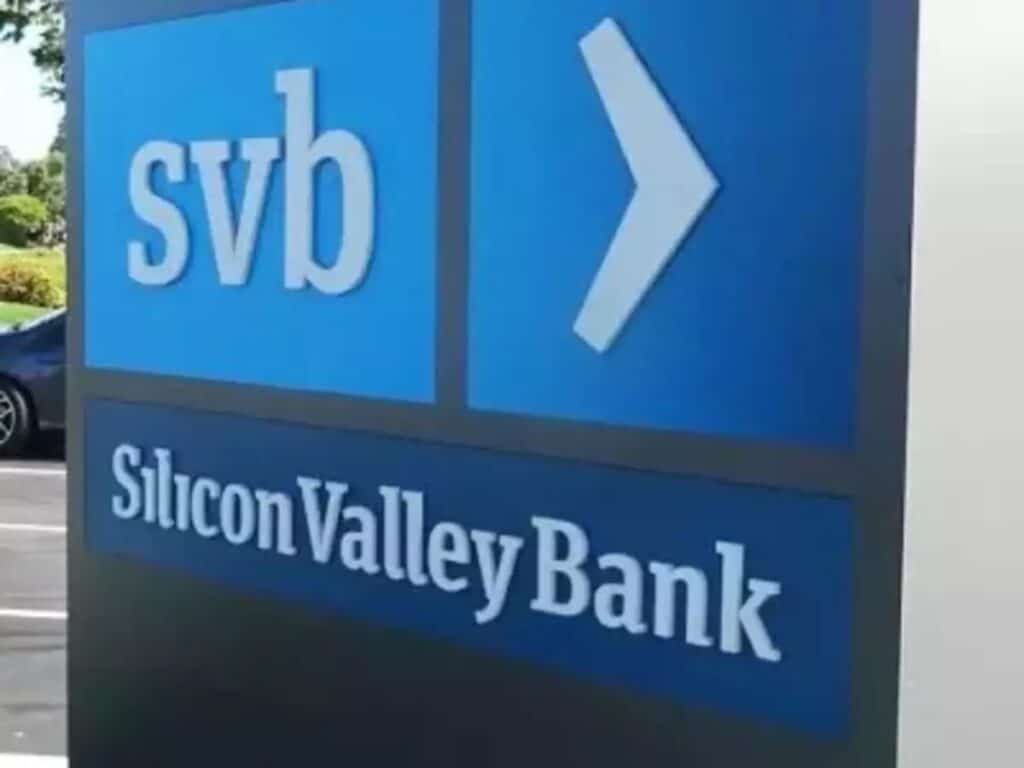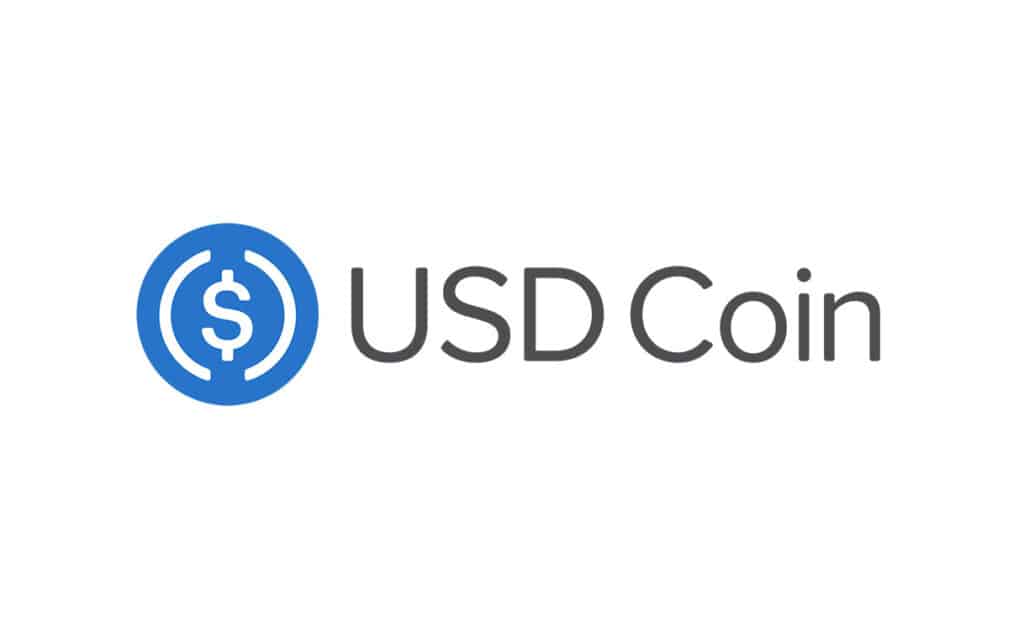One of the more surprising outcomes of the Silicon Valley Bank (NASDAQ: SIVB) collapse and bankruptcy is that stablecoins are not, in fact, stable. The reason being that there’s just no good place to put piles of billions of dollars. Nowhere that’s absolutely, 100%, safe that is. There are varying levels of safety, true, but nowhere absolutely safe as Circle has just found out with USDC.

What happened at Silicon Valley Bank was simply a bank run. This has happened before and will happen again. For it’s an inherent weakness of the very system of banking itself. If everyone turns up asking for their money back at the same time, then the bank hasn’t got it. Because it’s lent it out to other people of course. It will always have some cash on hand, some investments that can be sold quickly. But if everyone asks at the same time then it’s just bust and that’s that.
What went wrong at Silicon Valley Bank
Now, why everyone turned up at SIVB to ask for their money back is that the bank had just lost all of its capital. It had invested in long dated Treasuries. These have fallen in value as interest rates rose. This got so bad that they were forced to sell out of their position and try to launch a rights issue. At which point, all their depositors wanted their cash back.
Yes, we do have deposit insurance to try to stop this panic. But that only applies to the first $250,000. Most of the depositors at Silicon Valley were corporations. Mostly tech companies flush with cash. Their deposits are not insured – so, they all asked for their money back before the bank failed. Asking being what made the bank fail.
The SIVB effect on Circle and USDC
All of that’s obvious to anyone knowledgeable about banking. But this goes further too. Circle is the owner of USDC. A well-known stablecoin. A stablecoin that over the weekend is trading at 90 cents on the dollar. Or, as we can also put this, USDC has stopped being a stablecoin.

For Circle used SIVB as the stash for some of the cash. Some $3.3 billion of the $40 billion total in fact. This money is now unavailable to Circle and will be for however long it takes to wrap up the SIVB bankruptcy. That’s not a killer blow to Circle or USDC of course. The other $36.7 billion is still there backing the not stablecoin. But it’s definitely changed the price of USDC, making it not a stable store of value.
This is a basic stablecoin problem
Which is the problem with stablecoins as an idea. There simply is nowhere to put $40 billion where it’s absolutely safe. Putting it in the bank might seem safe, but as we can see it’s not necessarily so – it depends what the bank then does with the deposit.
There’s also nowhere else. There are just options of varying levels of safety. Perhaps buying corporate bonds like Tether has done at times. Or very short, dated Treasury Bills. That’s about as safe as it can possibly be but that’s not 100% either. True, if the Treasury stops paying off its debts, then we’ve all got larger problems than stablecoins to worry about. But Greece did stop paying recall. If the attempt is made to maximise yield by buying longer dated Treasuries, then there’s that loss of capital to think about. As did in fact happen to Silicon Valley Bank.
There’s just nowhere wholly safe for lots of money
There just isn’t anywhere absolutely safe to put large amounts of money. Therefore, no stablecoin can be truly and wholly stable. A useful thought about this being that other stablecoins might well move off parity in the near future as people think through this problem. If it is theoretically impossible to be 100% safe with a pile of money, then should coins even trade at parity at all?
There is one possible route to a truly stable coin. That’s if the cash is converted directly into central bank reserves. This is doable, but whether any central bank would actually allow it is uncertain. As and when there is a central bank backed coin then that is what will be done and maybe they’d prefer to do it themselves. But until then and until that solution is used it is impossible to absolutely, wholly and totally guarantee the 100% backing of a stablecoin. We can get pretty close to being safe, putting everything into short term Treasuries, but as above, even that’s not totally and wholly safe.
It’s just one of those things.